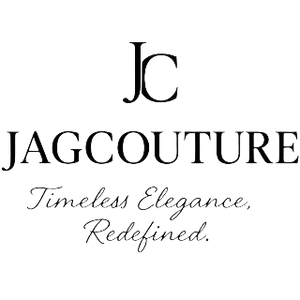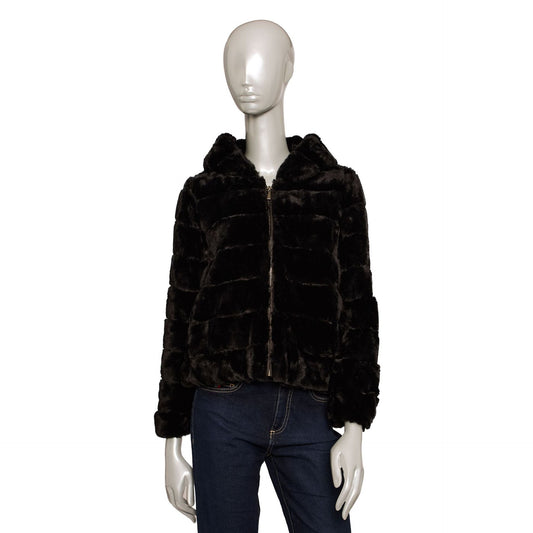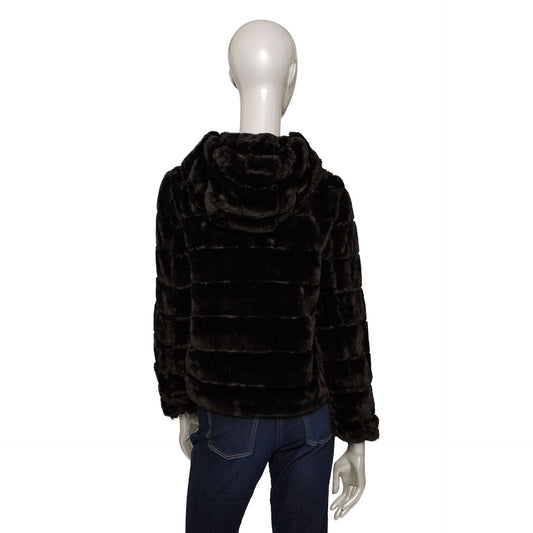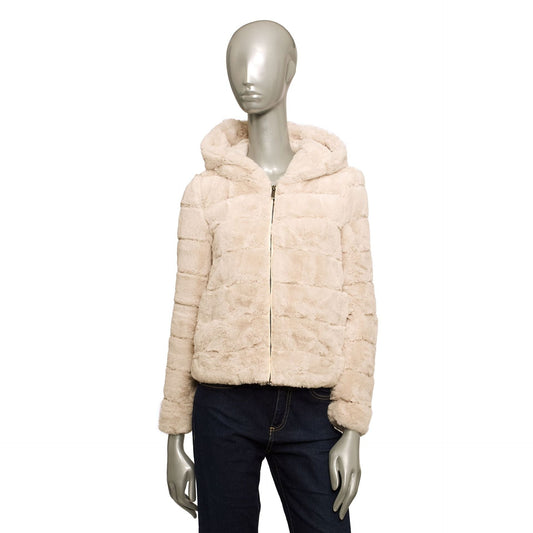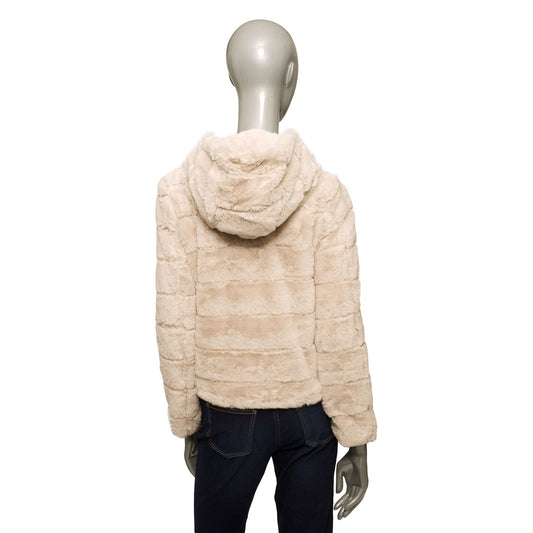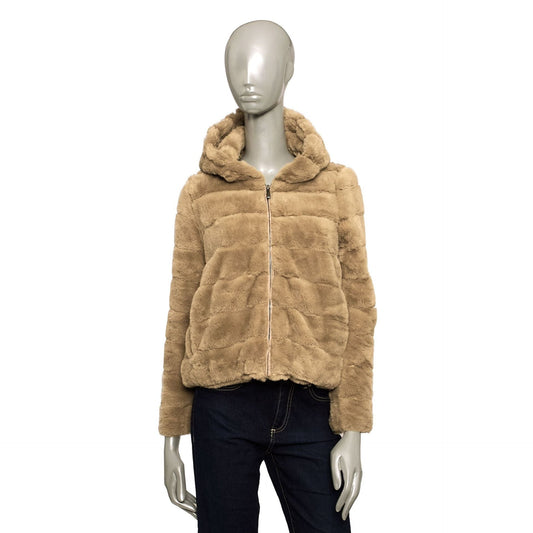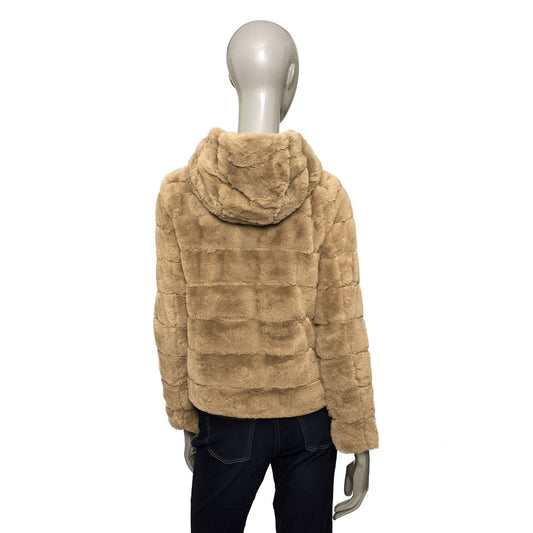
Luxury fashion might look like it is just about expensive clothes and flashy logos, but there is a deeper world hidden inside every piece. Most people are surprised to learn that some luxury garments can take hundreds of hours to create by hand, using techniques passed down through generations. The true value of luxury is not in the price tag or even in the rarity but in the story and identity each piece carries—something you simply cannot find in ordinary clothing.
Table of Contents
- Defining Luxury Fashion: Characteristics And Elements
- The Importance Of Luxury Fashion In Society
- How Luxury Fashion Influences Modern Trends
- Understanding Quality And Craftsmanship In Luxury Fashion
- The Role Of Branding And Marketing In Luxury Fashion
Quick Summary
| Takeaway | Explanation |
|---|---|
| Luxury fashion represents an exclusive experience. | It goes beyond clothing, reflecting personal identity and social status through carefully curated narratives. |
| Craftsmanship defines luxury quality. | Precision techniques and high-quality materials emphasize skill and dedication, making each piece unique and artisanal. |
| Luxury brands function as cultural institutions. | They communicate values, creativity, and status, influencing both societal trends and individual perceptions through storytelling. |
| Strategic marketing enhances consumer connection. | Engaging narratives and digital experiences create emotional bonds, transforming transactions into meaningful cultural dialogues. |
| Luxury fashion drives innovation and sustainability. | The industry leads advancements in design and manufacturing, promoting eco-friendly practices and technological integration. |
Defining Luxury Fashion: Characteristics and Elements
Luxury fashion represents a sophisticated realm of clothing and accessories defined by exceptional quality, craftsmanship, and distinctive design elements that transcend standard retail offerings. Unlike mass-market fashion, luxury fashion is not merely about clothing but about creating an exclusive experience that communicates status, aesthetic refinement, and personal identity.
The Core Attributes of Luxury Fashion
Luxury fashion is fundamentally characterized by several key attributes that distinguish it from conventional clothing. Research from the International Fashion Academy reveals that these attributes include:
- Superior Craftsmanship: Meticulous attention to detail and handcrafted techniques
- Premium Materials: Utilization of rare, high-quality fabrics and textiles
- Innovative Design: Creative approaches that challenge traditional fashion paradigms
- Limited Production: Exclusive collections with restricted manufacturing quantities
The essence of luxury fashion lies not just in the physical product but in the narrative and emotional experience it provides.
To clarify the essential qualities that set luxury fashion apart, the table below summarizes the core attributes of luxury fashion and their brief explanations.
| Attribute | Description |
|---|---|
| Superior Craftsmanship | Meticulous attention to detail and handcrafted techniques |
| Premium Materials | Use of rare, high-quality fabrics and textiles |
| Innovative Design | Creative approaches that challenge traditional fashion paradigms |
| Limited Production | Exclusive collections with restricted manufacturing quantities |
| Narrative Experience | Provides emotional engagement and personal storytelling |
 Consumers are purchasing more than clothing they are investing in a carefully curated lifestyle and symbolic representation of personal aspiration.
Consumers are purchasing more than clothing they are investing in a carefully curated lifestyle and symbolic representation of personal aspiration.
The Economic and Cultural Significance
Beyond aesthetic considerations, luxury fashion plays a significant role in global economic and cultural landscapes. High-end fashion brands function as cultural institutions that communicate social status, creativity, and artistic expression. These brands do not simply sell products they construct complex narratives that resonate with sophisticated consumer segments.
The value proposition of luxury fashion extends far beyond material worth. When an individual selects a luxury fashion piece, they are participating in a complex system of cultural communication that signifies taste, discernment, and social positioning. The price point serves not just as a transactional element but as a barrier to entry that maintains the brand’s exclusivity and perceived value.
Understanding luxury fashion requires recognizing it as a multifaceted phenomenon that intertwines art, economics, personal identity, and social dynamics. It represents a unique intersection where creativity, craftsmanship, and cultural symbolism converge to create something far more profound than simple clothing.
The Importance of Luxury Fashion in Society
Luxury fashion transcends clothing to become a profound social language through which individuals communicate complex narratives about identity, status, and personal aspirations. It operates as a sophisticated cultural mechanism that reflects and shapes societal dynamics far beyond mere aesthetic expression.
Social Signaling and Status Communication
Research from the Social Psychology Institute demonstrates that luxury fashion serves as a critical mechanism for social signaling. Individuals strategically utilize high-end fashion pieces to communicate several important social markers:
- Economic Positioning: Indicating personal wealth and financial success
- Cultural Capital: Displaying refined taste and sophisticated understanding
- Professional Achievement: Symbolizing career advancement and social mobility
- Group Membership: Signaling affiliation with specific social or professional circles
Through these strategic choices, people leverage luxury fashion as a nuanced form of nonverbal communication that transcends traditional linguistic boundaries. Each carefully selected piece becomes a statement about personal identity and social standing.
This table organizes the ways luxury fashion is used as a form of social signaling, highlighting the different social markers it helps communicate.
| Social Marker | Explanation |
|---|---|
| Economic Positioning | Indicates personal wealth and financial success |
| Cultural Capital | Displays refined taste and sophisticated understanding |
| Professional Achievement | Symbolizes career advancement and social mobility |
| Group Membership | Signals affiliation with specific social or professional circles |
Economic and Cultural Impact
Luxury fashion functions as more than a consumer product category it represents a significant economic ecosystem that drives innovation, supports artisan craftsmanship, and influences global design trends. Luxury brands generate substantial economic value while simultaneously preserving traditional manufacturing techniques and supporting highly specialized skills.
Moreover, luxury fashion acts as a cultural barometer, reflecting societal shifts in aesthetics, values, and collective imagination. Designers do not merely create clothing they construct narratives that capture zeitgeist moments transforming fabric and design into powerful storytelling mediums. These fashion narratives become historical documents that chronicle human creativity, social evolution, and cultural transformation.
Ultimately, luxury fashion represents a complex intersection of art, economics, personal expression, and social communication. It provides individuals with powerful tools to construct and communicate identity while simultaneously driving broader cultural and economic narratives.
How Luxury Fashion Influences Modern Trends
Luxury fashion serves as a transformative force that continuously reshapes contemporary style landscapes, setting innovative benchmarks that cascade through global fashion ecosystems. This influential domain does not merely create clothing but generates comprehensive aesthetic movements that redefine consumer expectations and industry standards.
Setting Global Design Paradigms
Research from the International Design Institute reveals that luxury fashion brands function as primary trendsetting mechanisms. These brands introduce groundbreaking design concepts that subsequently permeate multiple fashion market segments:
- Color Innovations: Introducing unexpected color palettes
- Silhouette Transformations: Challenging traditional clothing structures
- Material Experimentation: Pioneering novel fabric and textile developments
- Technological Integration: Merging fashion with cutting-edge technological approaches
Luxury designers operate as creative pioneers, consistently pushing aesthetic boundaries and challenging conventional design principles. Their experimental approaches become reference points that inspire designers across various market levels.
Technological and Sustainable Evolution
Contemporary luxury fashion increasingly drives technological and sustainability innovations. Luxury brands are pioneering advanced manufacturing techniques, sustainable material sourcing, and digital engagement strategies. Read more about how luxury brands are transforming consumer experiences.
These brands are not just selling products they are constructing comprehensive lifestyle narratives that integrate technological sophistication with environmental consciousness. By demonstrating commitment to innovation and sustainability, luxury fashion brands establish new industry standards that ultimately influence broader market behaviors.
The ripple effect of luxury fashion extends far beyond immediate product creation. It represents a dynamic cultural mechanism that continuously reinterprets aesthetic possibilities, challenging societal perceptions and generating novel forms of creative expression. Through persistent innovation, luxury fashion remains a critical driver of global design evolution.
Understanding Quality and Craftsmanship in Luxury Fashion
Craftsmanship in luxury fashion represents a profound artistic discipline that transcends standard manufacturing processes, embodying a meticulous approach to design, material selection, and production that elevates clothing from mere functional items to extraordinary artistic expressions.
The Foundations of Artisan Excellence
Research from the International Craftsmanship Institute reveals that true luxury craftsmanship involves several critical dimensions:
- Precision Techniques: Hand-executed details requiring extraordinary skill
- Material Mastery: Selection and manipulation of premium raw materials
- Generational Knowledge: Preservation of traditional manufacturing techniques
- Uncompromising Standards: Rigorous quality control at every production stage
Each luxury garment becomes a testament to human skill, representing hundreds of hours of specialized training and immense technical expertise.
To illustrate the multidimensional nature of luxury craftsmanship, this table outlines the foundations of artisan excellence as discussed in the article.
| Dimension | Explanation |
|---|---|
| Precision Techniques | Hand-executed details requiring extraordinary skill |
| Material Mastery | Selection and manipulation of premium raw materials |
| Generational Knowledge | Preservation of traditional manufacturing techniques |
| Uncompromising Standards | Rigorous quality control at every stage of production |
 Artisans develop capabilities that transform fabric into living art, with each stitch representing a deliberate aesthetic and technical choice.
Artisans develop capabilities that transform fabric into living art, with each stitch representing a deliberate aesthetic and technical choice.
Technical and Aesthetic Dimensions
Luxury fashion craftsmanship encompasses both technical proficiency and profound aesthetic understanding. Craftspeople do not merely follow design instructions they interpret creative visions through exceptional manual skills. Learn more about how luxury brands are innovating consumer experiences.
These skilled professionals utilize techniques passed through generations often combining centuries-old methods with contemporary technological innovations. Their work requires an intricate balance between respecting traditional techniques and embracing modern design sensibilities.
Ultimately, craftsmanship in luxury fashion represents more than manufacturing it is a complex cultural practice that transforms raw materials into narratives of human creativity, skill, and artistic expression. Each piece tells a story of dedication, creativity, and uncompromising commitment to excellence.
The Role of Branding and Marketing in Luxury Fashion
Branding and marketing in luxury fashion transcend traditional advertising strategies, representing sophisticated narrative constructions that transform products into complex cultural symbols. These mechanisms do not merely sell clothing but craft immersive experiences that connect deeply with consumers’ aspirational identities and emotional landscapes.
Narrative Construction and Brand Identity
Research from the Global Marketing Institute demonstrates that successful luxury fashion brands develop intricate storytelling frameworks that communicate several critical dimensions:
- Heritage Storytelling: Communicating historical legacies and artistic traditions
- Emotional Positioning: Creating profound psychological connections
- Cultural Relevance: Reflecting contemporary social movements
- Personal Transformation: Offering symbolic pathways to individual reinvention
These narrative strategies transform luxury fashion from transactional exchanges into meaningful cultural dialogues. Each marketing approach becomes an invitation for consumers to participate in a broader aesthetic and social conversation.
Digital Engagement and Consumer Experience
Luxury fashion marketing now leverages sophisticated digital platforms to create immersive, personalized consumer journeys. Explore how luxury brands are transforming consumer experiences.
Modern luxury brands recognize that marketing is no longer about broadcasting messages but about creating interactive, meaningful connections. They utilize advanced technologies to craft experiences that feel simultaneously exclusive and accessible, blending digital innovation with traditional brand storytelling.
Ultimately, branding in luxury fashion represents a nuanced art form. It is a complex ecosystem where visual aesthetics, emotional storytelling, technological innovation, and cultural understanding converge to create powerful, resonant brand experiences that extend far beyond traditional product marketing.
Elevate Your Style: Discover Authentic Luxury at Jag Couture London
Luxury fashion is about more than wearing beautiful clothes. It is about expressing identity and embracing meticulous craftsmanship, individuality, and the sense of confidence that true elegance brings. If you have ever struggled to find clothing that captures the artistry and exclusivity described in “What is Luxury Fashion? Understanding Style and Elegance,” you are not alone. Many brands claim luxury status, but few deliver the unparalleled quality, innovative design, and curated experience that you deserve.

Let your wardrobe reflect the authenticity of luxury fashion as defined by experts. Experience the difference with Jag Couture London, where every piece in our womenswear collections is carefully selected for premium materials, limited production, and inspired design. Unlock a shopping journey that captures the emotional connection, social signaling, and transformative impact you read about in the article. Visit Jag Couture London now to explore our newest arrivals and featured pieces, and step confidently into your next chapter of style.
Frequently Asked Questions
What defines luxury fashion?
Luxury fashion is characterized by superior craftsmanship, premium materials, innovative design, and limited production, distinguishing it from mass-market clothing. It focuses on creating an exclusive experience that communicates status and personal identity.
How does luxury fashion influence global trends?
Luxury fashion sets global design paradigms by introducing groundbreaking concepts in color, silhouette, material experimentation, and technological integration, which trickle down to various market segments and influence consumer expectations.
Why is craftsmanship important in luxury fashion?
Craftsmanship in luxury fashion represents an artistic discipline that involves meticulous attention to detail, precision techniques, and the use of high-quality materials. It elevates clothing to extraordinary artistic expressions and preserves traditional manufacturing methods.
What role does branding play in luxury fashion?
Branding in luxury fashion encompasses storytelling and emotional positioning, transforming products into cultural symbols. It creates meaningful connections with consumers, leveraging digital engagement to craft immersive experiences that reflect individual aspirations.
